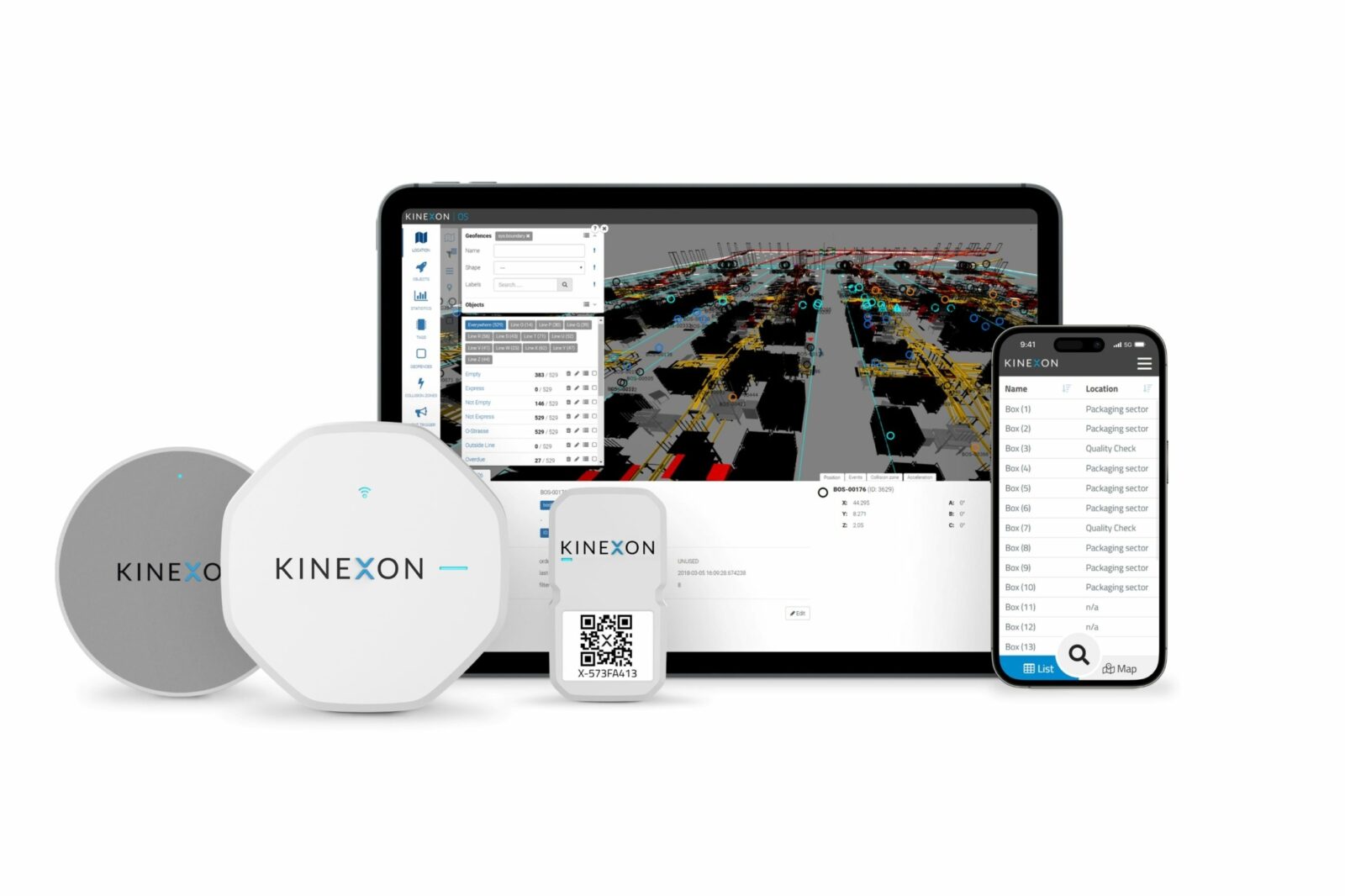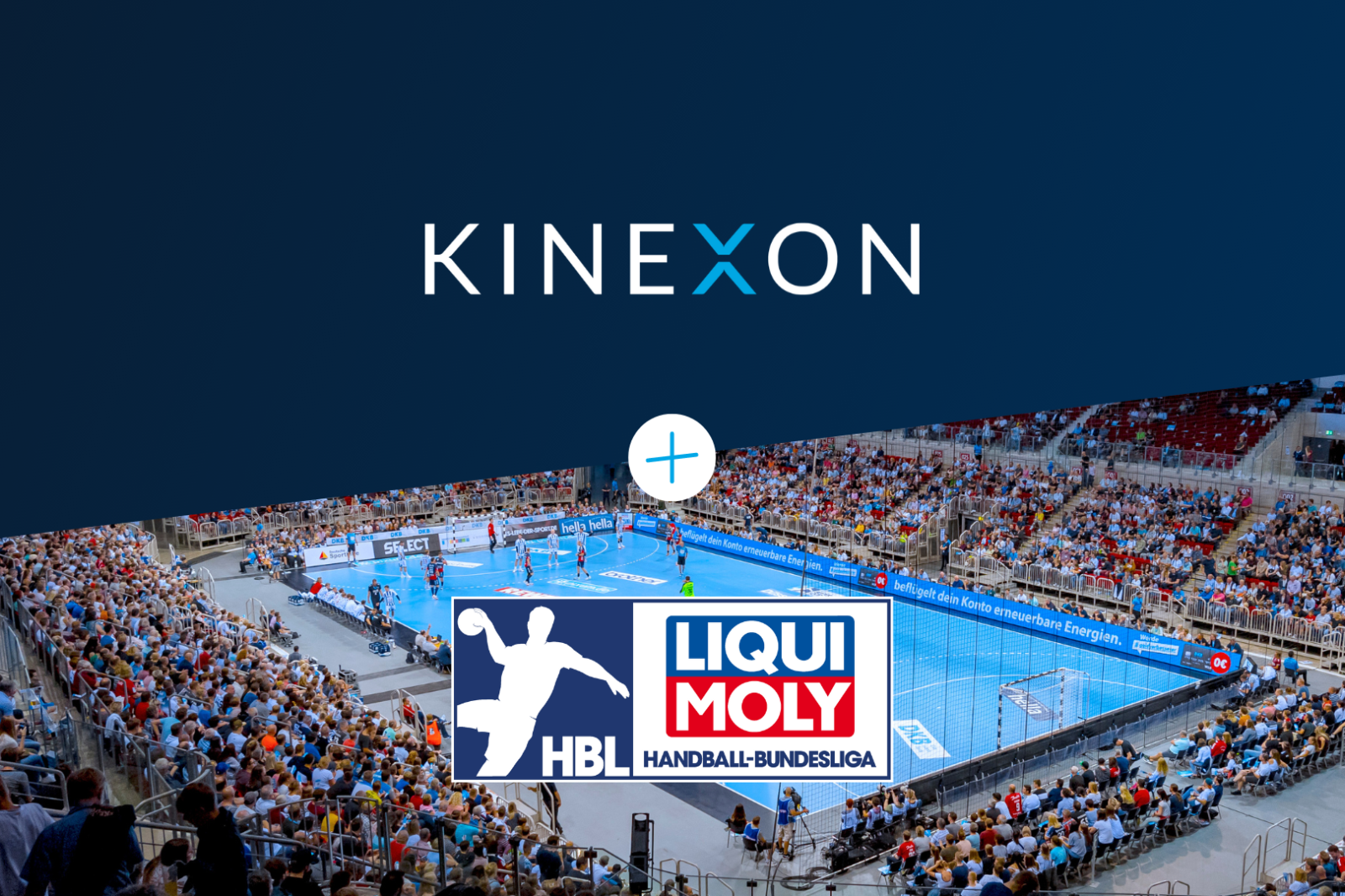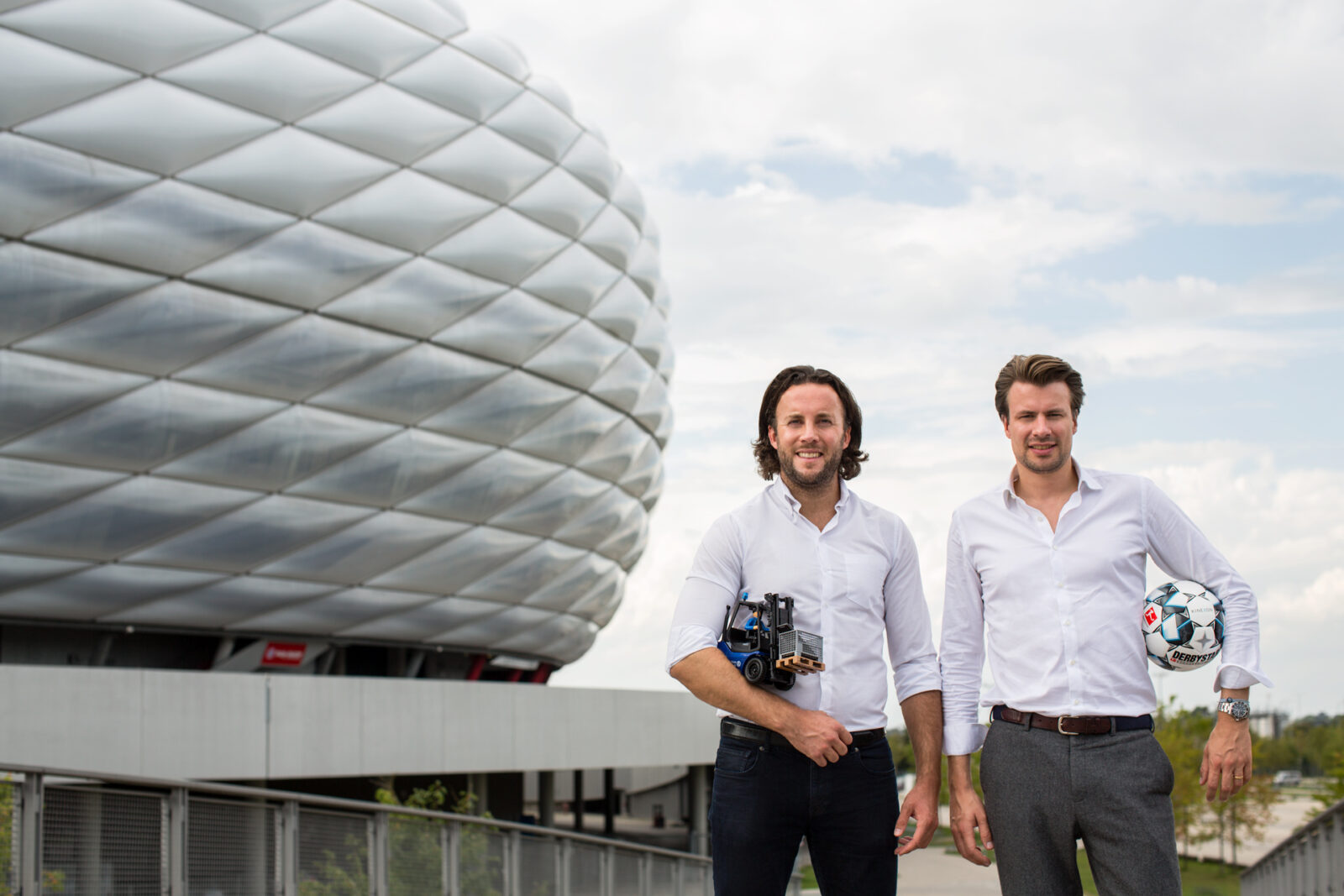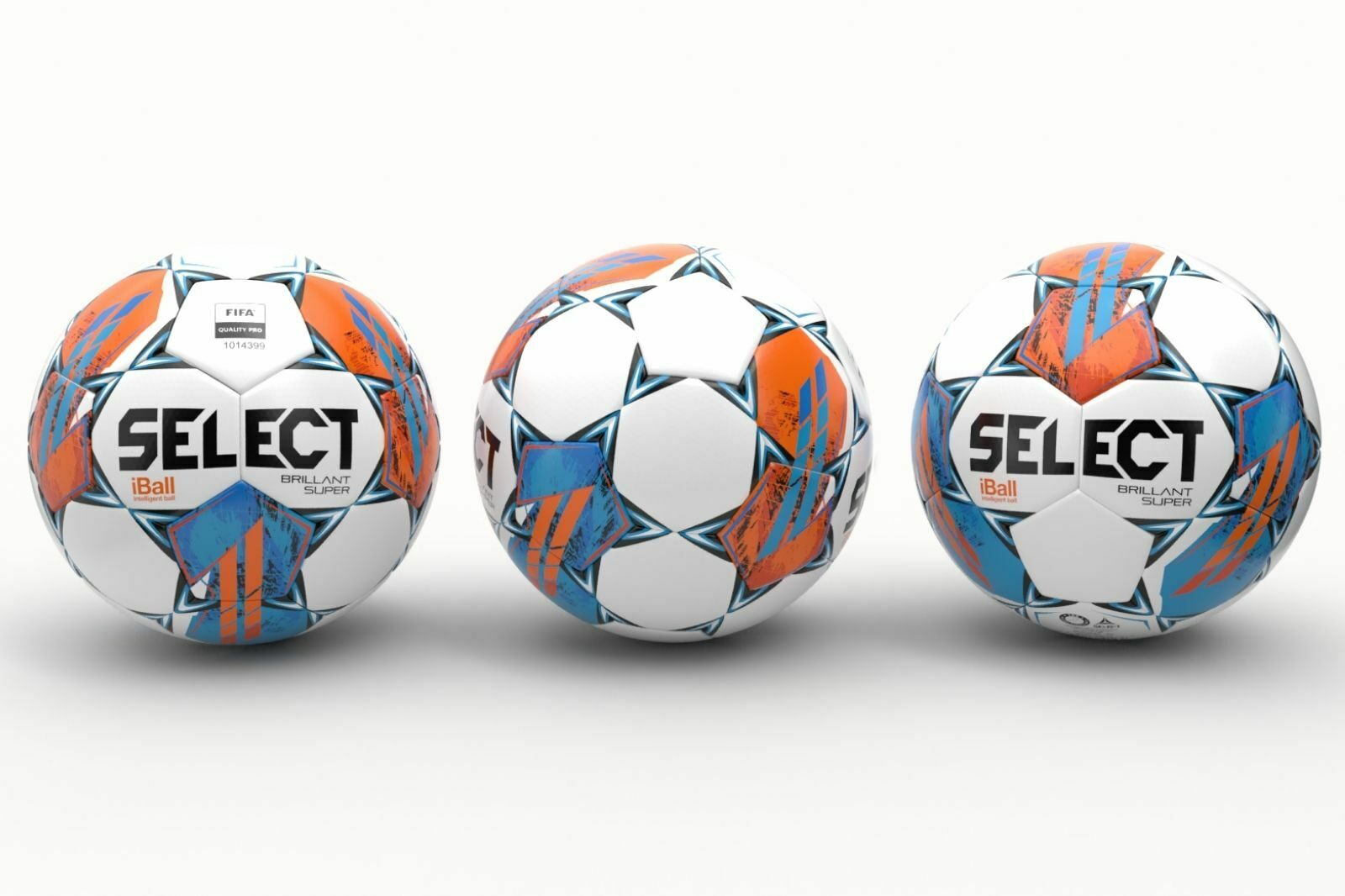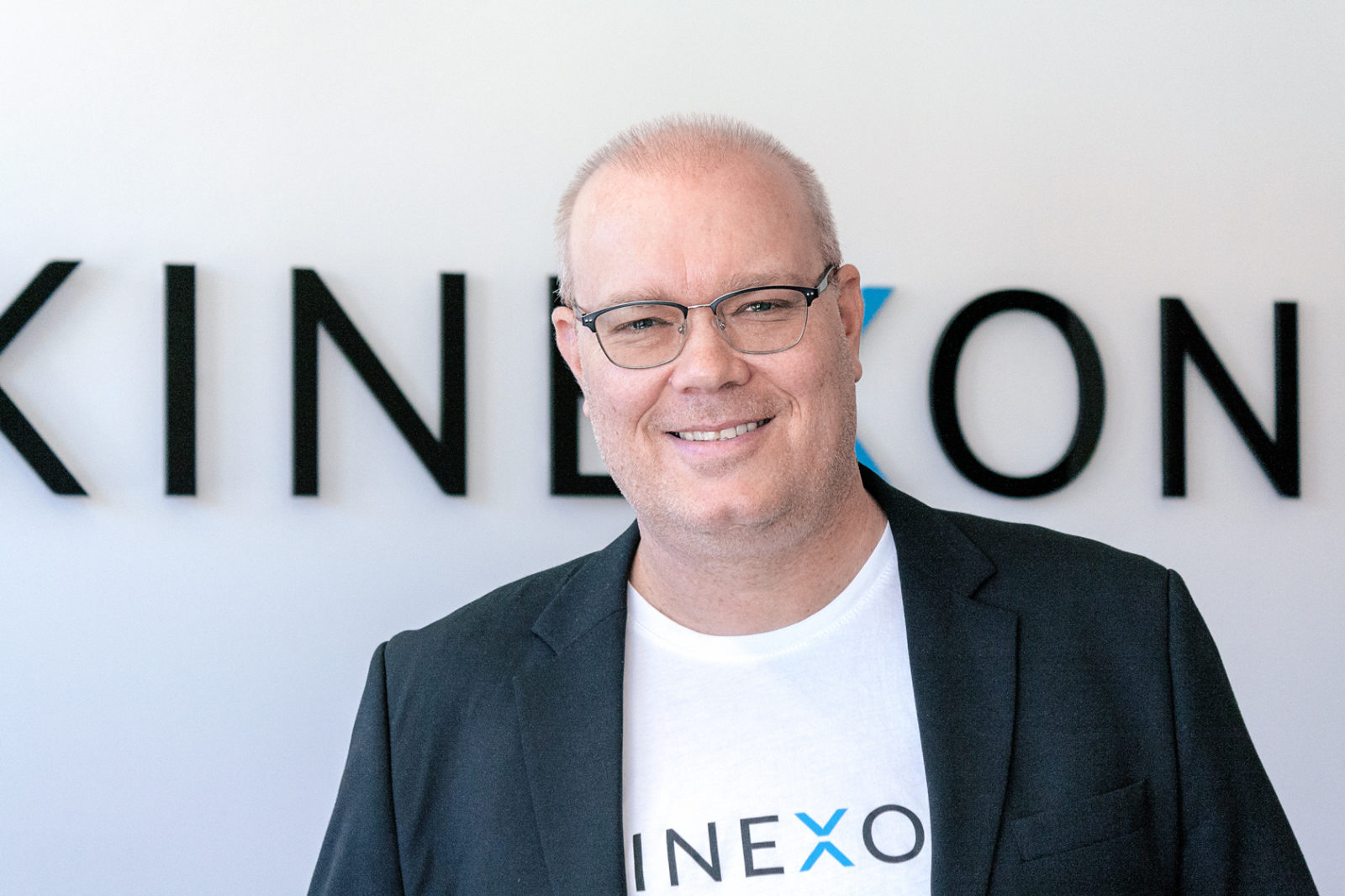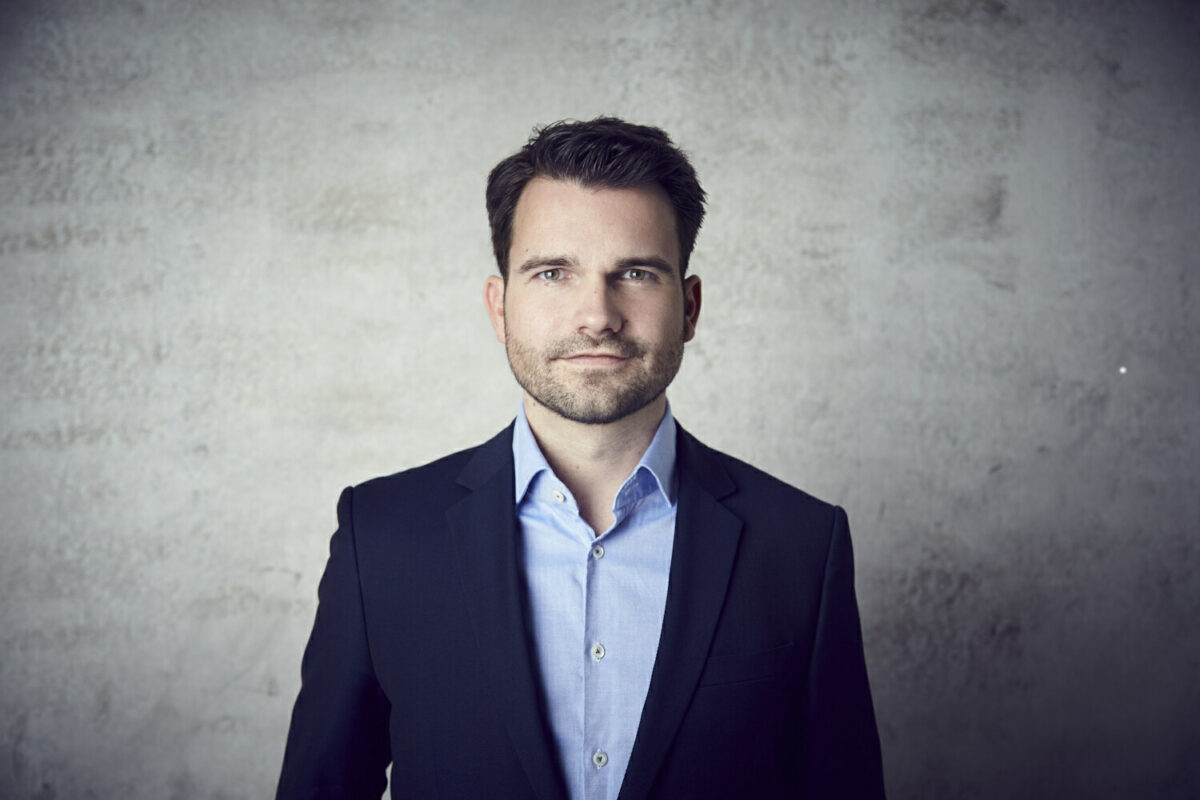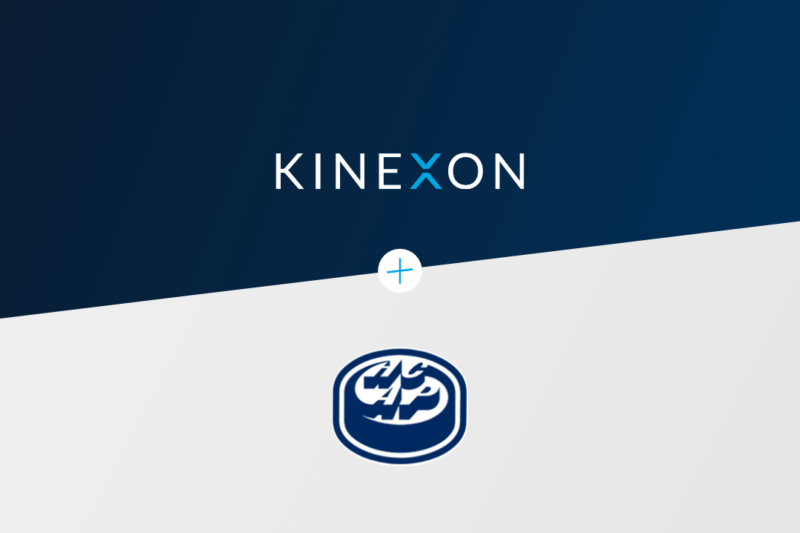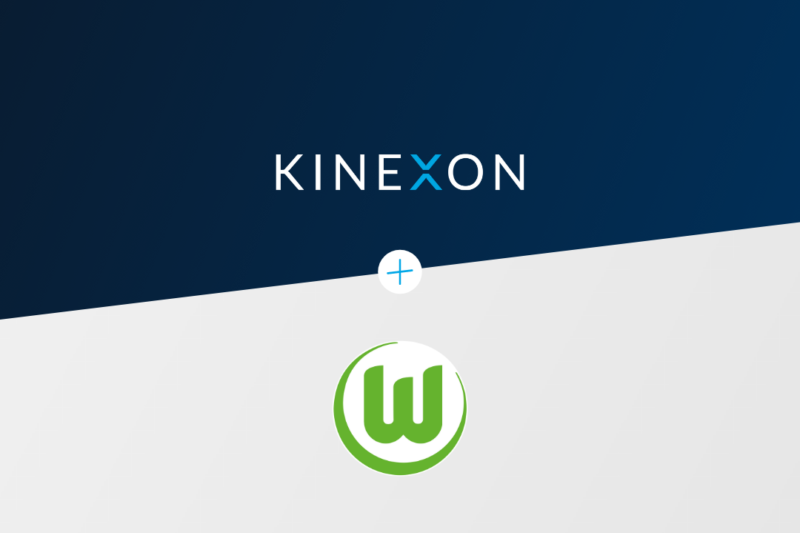DB Schenker: Modern Sensor Technology Reduces Infection-Critical Contacts
Innovative strength and responsibility go hand in hand — At its Neu-Isenburg site, DB Schenker has implemented health and safety protocols with the use of modern sensor technology to provide employees with the best possible protection in times of COVID-19.
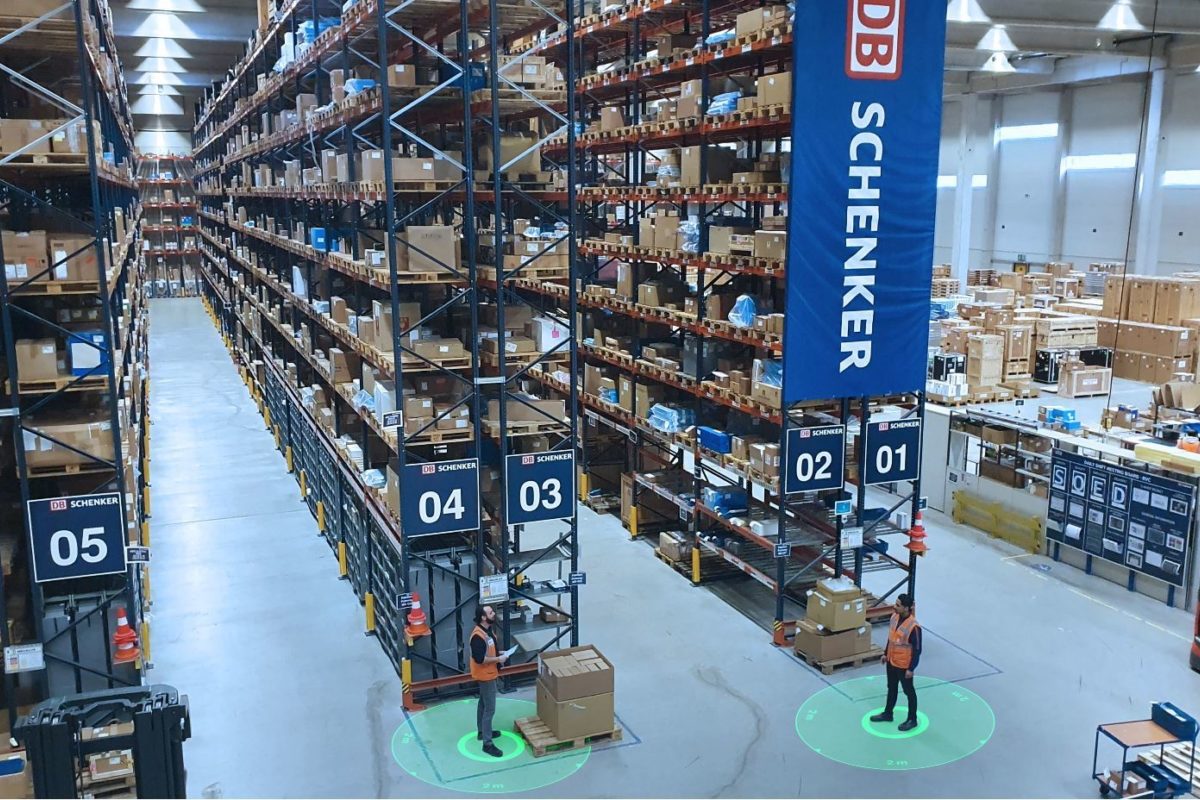
To this end, the company has successfully completed a pilot project with KINEXON SafeZone, the world’s most trusted digital solution for contact warning and contact tracing. The core element is a wearable that actively warns employees with an LED light and an audible warning signal as soon as the physical distance to another person falls below the minimum distance. Using the corresponding software, the company can also trace infection chains. The data generated from KINEXON SafeZone is accepted by the local health authority as a basis for further protective measures.
The “New Normal” — Hygiene Concepts Taken Further
From the provision of disinfectants and regulation at entrances and exits to the adjustment of shifts – DB Schenker also relies on a well-developed hygiene concept at its Neu-Isenburg site, based on a combination of different measures to protect employees and operations. The logistics center in Neu-Isenburg is roughly the size of two soccer fields and employs around 100 people. To ensure successful operations, the factory staff must be on site. Meetings in selected areas of the hall and regular exchanges between the teams are essential. In order to ensure both the best possible health protection and seamless contact tracing with as little manual effort as possible, the site management looked for an answer with digital potential and launched a pilot project with KINEXON SafeZone, the world’s leading digital solution for contact warning and tracing.
The results speak for themselves. Within five days, the number of contacts that were high-risk according to the RKI was prevented by 100 percent. In other words, no contact was recorded with a distance of less than 1.5 meters that lasted longer than 15 minutes and is thus classified as “infection-critical” by the RKI. The number of risky contacts (less than 1.5 meters apart for 60 seconds) was also reduced by 58 percent. Thanks to the highly precise proximity warning provided by ultra-wideband technology, employees developed a better sense of the recommended minimum distance of 1.5 meters and subsequently demonstrably maintained the distance better.
Methodology of the Impact Analysis
To evaluate the effectiveness of KINEXON SafeZone, DB Schenker’s Neu-Isenburg site had divided the pilot project into three phases. In the first week, only the illuminated LED was activated as a distance warning. Starting from the second week, the audible warning signal was added. While 44 critical contacts were recorded in the first week, these were reduced to zero by activating the audible warning signal in the following weeks. In the third phase of the pilot, the workforce shift separation was removed without a renewed increase in high-risk contacts.
“We are all human, despite taking the utmost care, sometimes we simply misjudge distances. Technology helps us all be more mindful. Data analysis of the pilot phase showed that within two weeks there had already been a significant increase in awareness across the team. It’s becoming the ‘new normal’ that we actually maintain the necessary distance in this way.”
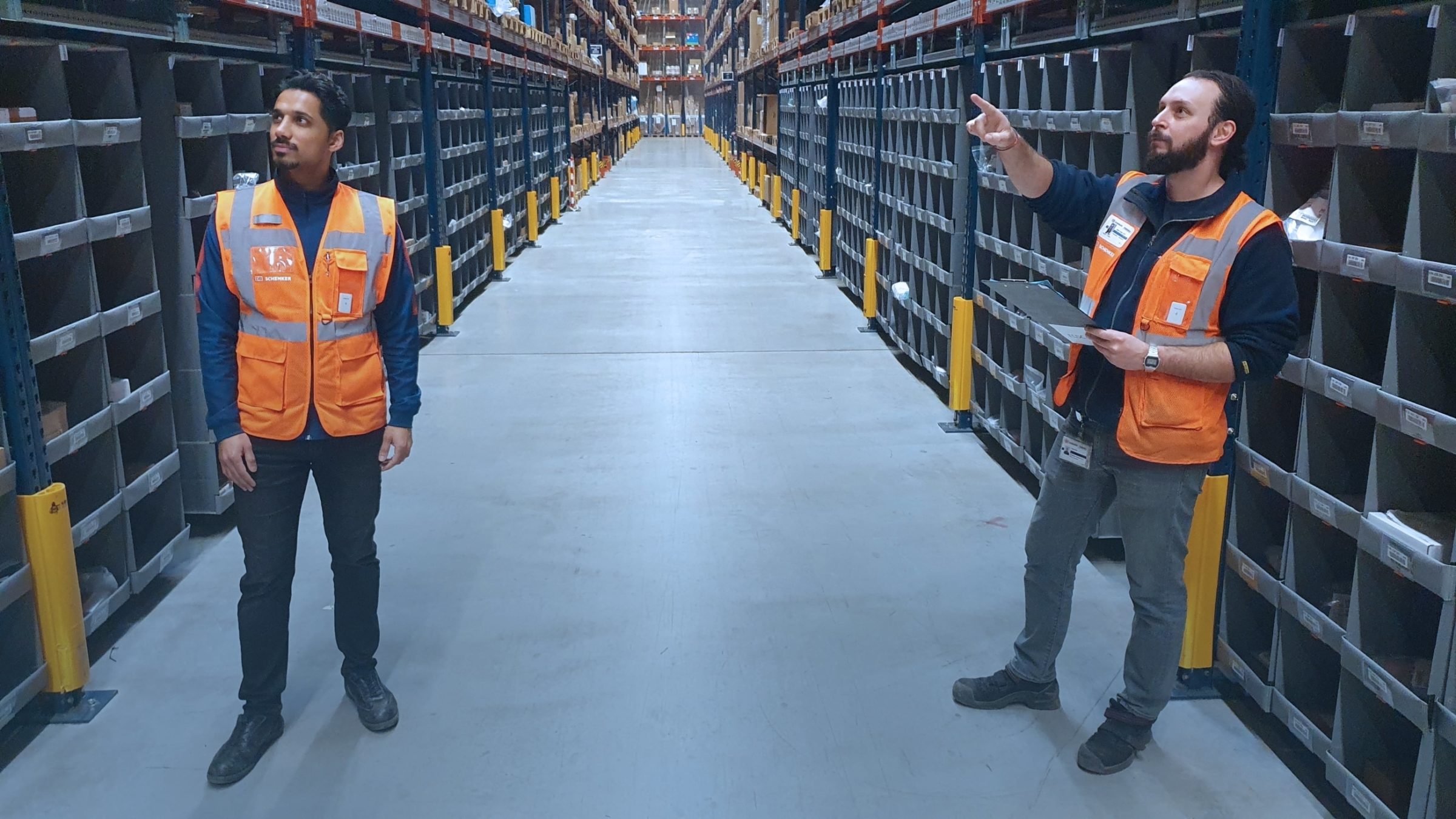
Contact Tracking in Just a Few Minutes
In the event of an infection report, the site would be able to identify all potentially infected employees via the software within just a few minutes — in compliance with the agreed data protection regulation.
After coordination with the local health department, the KINEXON SafeZone data is accepted and used as a basis for further pandemic measures. Instead of a shift‑, or even site-based collective quarantine initiation, the health department can narrow down a quarantine on a person-specific basis. “The coordinated approach allows us to effectively support the health department in the event of an emergency,” Emmerich said.
Next Steps: Evaluation of the Further Roll-Out
The impact of KINEXON SafeZone convinced the project managers involved. “KINEXON SafeZone is a helpful combination of preventive protective measures through the warning tone and efficient tracking of critical contacts. It has given me, as site manager, the opportunity to analyze and improve the effectiveness of our protective measures on a data basis,” says Finn Emmerich, site manager at DB Schenker in Neu-Isenburg.
“Within just one week, we were able to successfully implement the pilot. Those responsible at the DB Schenker site always pursued an innovation-driven and responsible hands-on mentality in order to exploit the full potential of the solution.”
Find the English version of this press release here for download.
Find the German version of this press release here for download.


